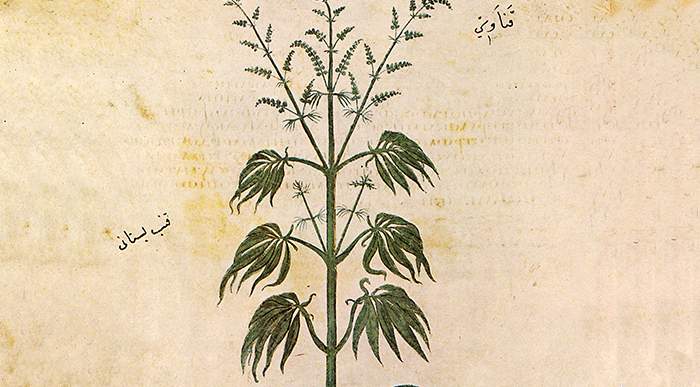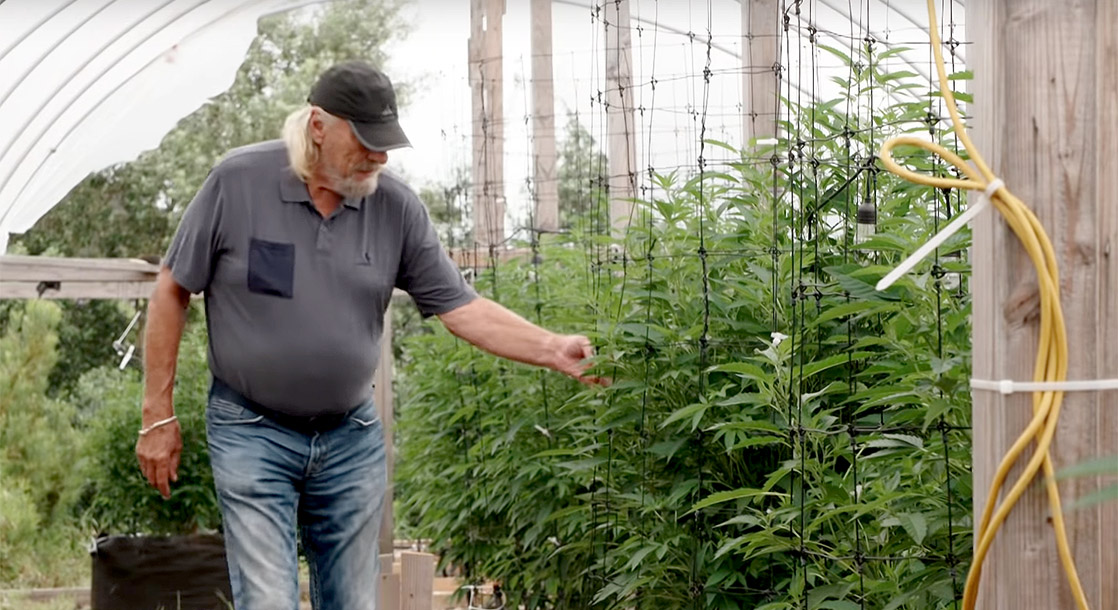As efforts for cannabis legalization heat up, prohibitionists are quick to say that we need more research in order to know if cannabis is safe. Prohibitionists always seem to overlook that society has had a long history with cannabis and it is generally the federal government that has prevented adequate research from being done.
Cannabis use goes back thousands of years and it was a common pharmaceutical in the U.S. and Europe for a century, from the 1830s until the 1930s. Hundreds of articles were published in medical journals during the era that consistently reflect the same results we find today for medical cannabis uses, including treatments for epilepsy, digestion, sleep, pain, and more. The unpleasant effects from overdoses were well-documented in the 1800s, as well as the lack of fatalities those overdoses ever caused. Doctors were quite consistent in their views that cannabis is a fairly mild drug offering minimal toxicity, no buildup of tolerance or dependence, and overall being relatively safe.
One problem doctors had was the inconsistency of potency from one batch to the next. Much of the inconsistency was due to the drugs being imported, primarily from India via England. The imported drugs suffered from long travel times and poor packaging in addition to unverified raw materials. To remedy this problem American pharmaceutical firms, including Eli Lilly and Parke-Davis, began cultivating their own Indica strains around 1900, labeling their product Cannabis Americana.
Image via The Antique Cannabis Book
Most cannabis drugs of the era were extracts taken orally, they were not smoked. The extracts were usually alcohol-based tinctures or else solid edibles similar to hashish. Since the doctors did not know about THC they had no analytical method to test the potency of their products. The only way to test for potency was to either take the drugs themselves or test on animals. Small dogs weighing around 25 pounds were typically used, with some breeds such as Fox Terriers known to be good test subjects.
One medical journal article from 1908, titled “A Pharmacological Study of Cannabis Americana (Cannabis Sativa),” by Parke-Davis researchers E.M. Houghton and H.C. Hamilton (American Journal of Pharmacy), describes the test procedures used by the Parke-Davis Corporation in evaluating the potency of their cannabis products. Tests were run on multiple dogs over multiple days to ensure that the batches had the proper potency. The dogs were not fed for 24 hours before being given a standard dose in pill form.
The authors then go on to describe additional tests they used in attempting to establish the fatal overdose limits.
The standard dose for these doctors was .010 grams of extract per kilo of body weight of properly selected animals. So a 25-lb. dog (11.4 kg) should receive about .114 grams of extract to test for typical potency. In the fatal overdose test they gave a similar sized dog 7 full grams instead of roughly 1/10th of a gram. In other words, they fed a quarter ounce of hashish to a small dog with the expectation of killing the dog, but instead of dying the dog was knocked unconscious for a day a half before waking up with a complete recovery. In the other test they injected an alcohol-based extract of similar potency directly into the jugular vein of the dog with the same results (don’t try that at home).
These doctors found no examples anywhere in the medical literature of someone dying from cannabis drugs, and even failed in their experiments to intentionally kill animals with massive overdoses. These findings continue to be consistent into the modern day. Cannabis has a remarkable safety record unmatched by other common medicines, yet prohibitionists routinely claim that more research needs to be done to be sure that cannabis is safe.
* U.S.P. is the U.S. Pharmacopeia, which documented standard pharmaceutical preparations.











